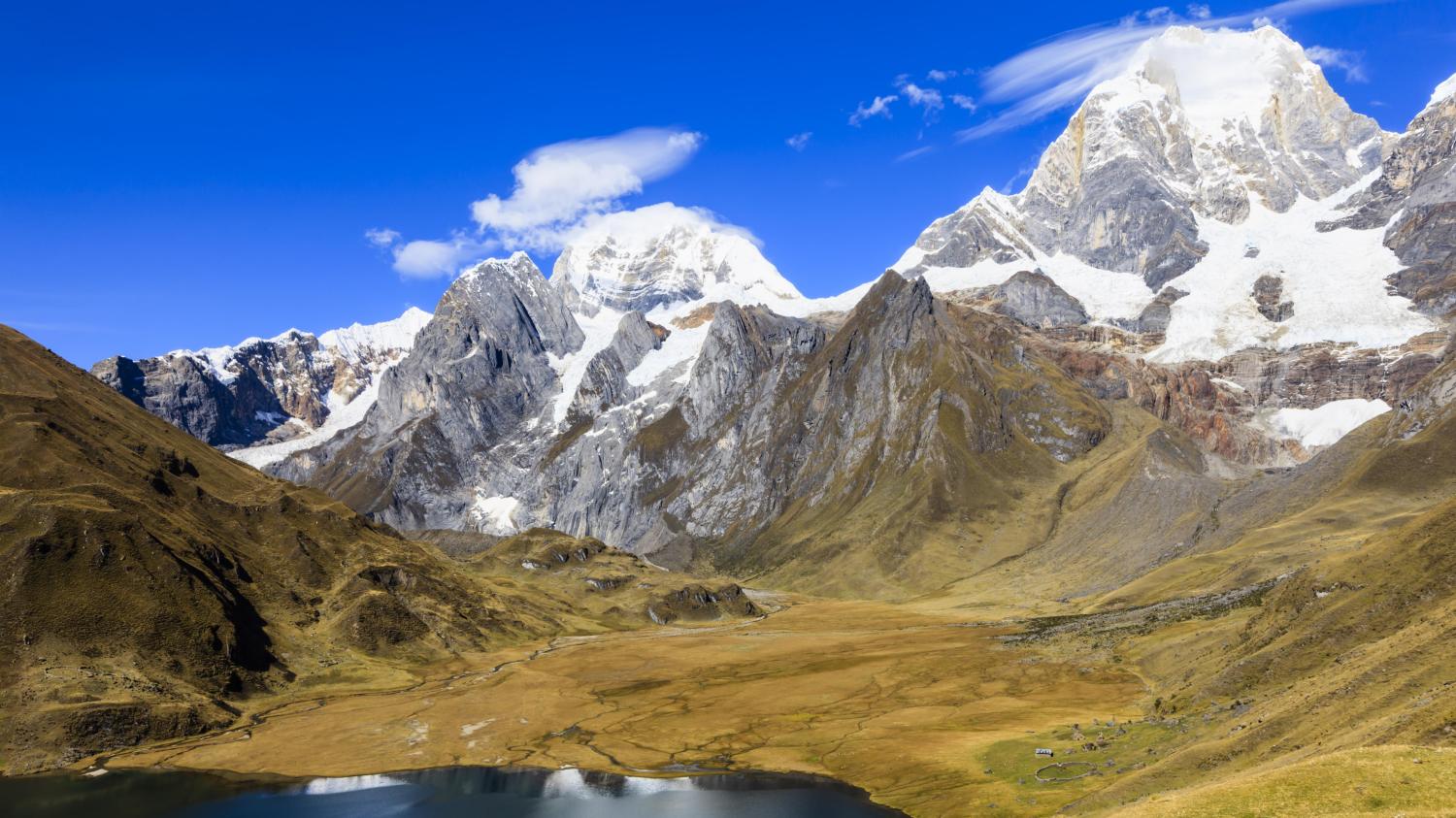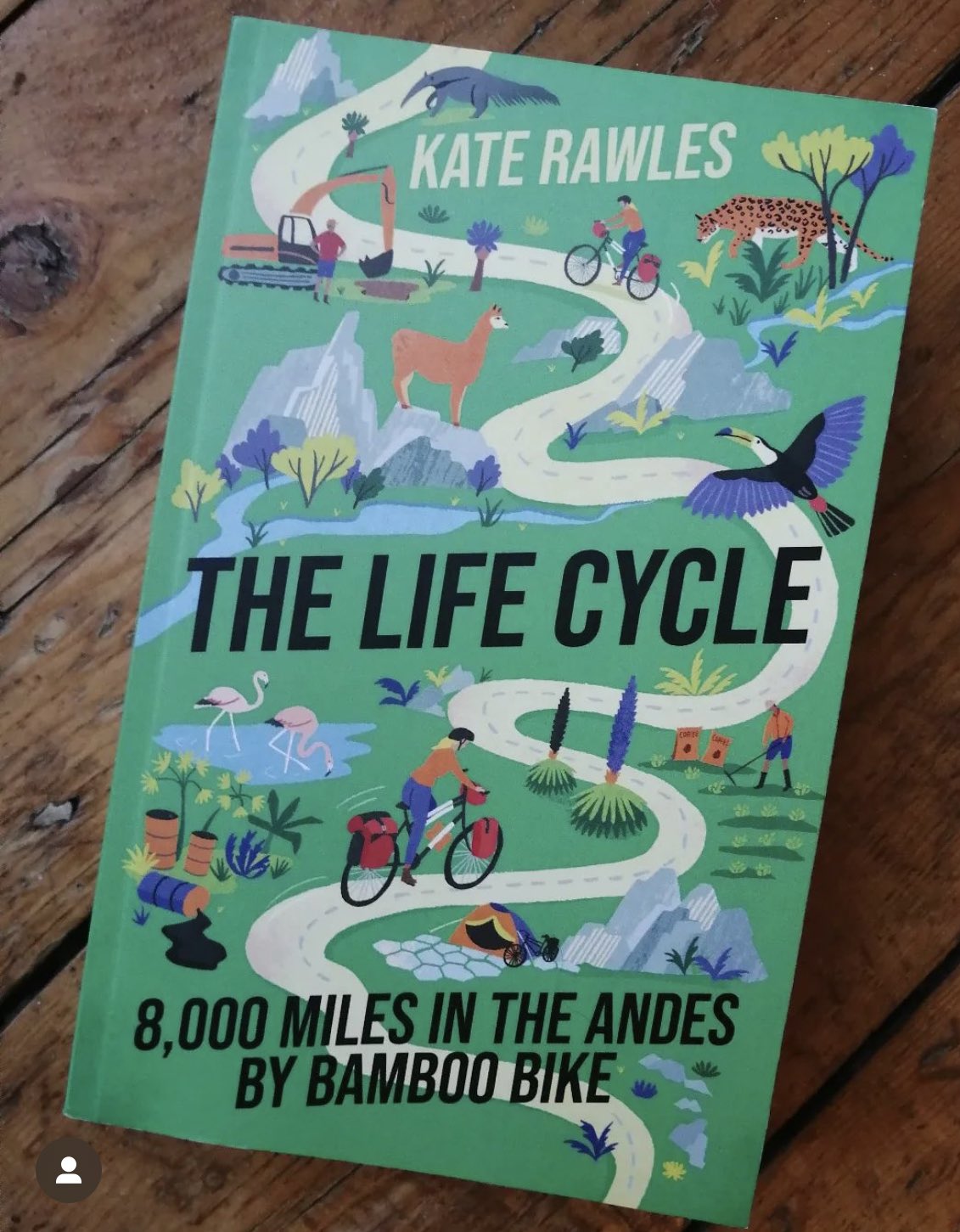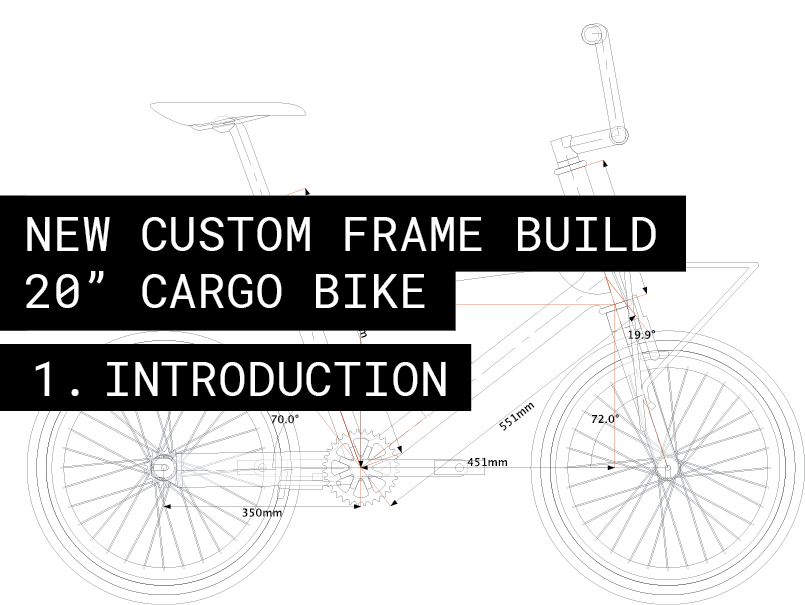My perilous 8,000-mile solo bike ride across South America

What motivates a cyclist to spend 13 months riding a homemade bamboo bike from Colombia to Cape Horn? Kate Rawles relives her once-in-a-lifetime adventure
t was early February when I cycled through the small town of Taraza in northern Colombia, noticing a custard-yellow church in the square and merengue leaking from the windows of multicoloured houses. Not long after, the beat of the music still upping my pedalling rate, I rounded a corner in the heat and there they were, rearing up in front of me like a wall — the Andes mountains, or at least the northern end of the Cordillera Occidental, one of the three immense spines that track roughly northeast to southwest.
I was in Colombia at the start of the Life Cycle: a largely solo bike ride the length of South America through six countries, following the line of the Andes, the longest mountain chain in the world. And I was about to begin a multi-day climb up into these Andean giants, then follow their spine all the way south. My route would take me from Cartagena on Colombia’s Caribbean coastline, palm trees swaying against the turquoise ocean, to the spiky white peaks of the Peruvian Cordillera Blanca; from cloud and rainforests, some of the most life-rich habitats on Earth, to the Bolivian salt flats and the Atacama desert, before finishing in Ushuaia, Argentina.
I’d started my 13-month journey by crossing the Atlantic on a cargo ship, a privileged glimpse into the largely invisible world that underpins our modern, industrialised civilisations. The other two passengers and I spent the eleven-day passage roaming the cargo decks, revelling in the extra hour of sleep and daily increase in sunshine as we powered west, and swaying to the bow for the sunset flying-fish watch. The acres of containers being loaded and unloaded off ships every time we docked offered a compelling visual image of the madness of the sheer quantity of stuff in transit around the world. Ironically that same voyage reduced the environmental impact of my journey; my carbon footprint was about 50kg compared with two tonnes for a return transatlantic flight.

This was especially important to me because the heart of the Life Cycle journey was an exploration of biodiversity — what it is, what’s happening to it, why it matters and above all, what can be done to protect it — and climate change is an increasingly significant driver of the current catastrophic rate at which we are losing it. My ride took me through the subject I was exploring. And, on a bike, you are really in the landscapes you travel through.
This can be as heartbreaking as it is wonderful. In the Ecuadorian Amazon rainforest, I experienced the diversity and abundance of life — and its indisputable value — in a way that is visceral. From the azure flash of blue morpho butterflies, to hundreds of parrots descending noisily through liana-crowded trees, to the caiman whose half-closed eyes were just visible above a long, mostly submerged snout, a rugged grey back stretched out like a tyre tread just above the brown water. It leaves you with an absolute certainty that rainforests are vital. Then rounding a corner, this time on a boat, gas flares. To confront the reality of oil-drilling in the Yasuni National Park, one of the most biodiverse places on Earth in one of the most biodiverse continents, is to be confronted with the short-sighted stupidity of economic activity that undermines our own life-support system.
The highlights, however, included learning more about the intricate interactions and interdependencies that underpin life the world-over; feasting my eyes on astonishing plants and animals; and meeting a range of brilliant people working to protect it all. In Colombia I visited a project that worked with the local community to conserve endangered, pint-sized titi monkeys by collecting waste plastic and turning it into highly durable — and sellable — fence posts: the income helped reverse the primarily poverty-driven loss of the monkeys’ forest habitat. I visited a school whose entire curriculum was based on turtles; and a project seeking to protect local, sustainable fishing — and marine biodiversity — against the encroachment of industrial scale trawling. I met activists ranging from anti-copper-mining, pro-cloud-forest campaigners to wildlife-corridor conservationists; from wealthy landowners to a Peruvian congressman.

In all of this the bike was an accidental ace. Any bike is a magician, transforming encounters with people and landscapes alike. I was riding a bike with magic beyond that — a bike I’d built myself, with a frame made from bamboo. I’d learnt how to do this on a course run by the Bamboo Bicycle Club in London, with bamboo from the Eden Project in Cornwall. Starting with a pile of canes in a corner of the Bamboo Bicycle Club’s workshop, and progressing through at times hair-raising procedures that involved much cutting with machines I’d never used before, drilling and dust, it was an adventure in its own right. The end result was Woody, the UK’s first home-grown bicycle.

Despite the still-present guns I had zero trouble in Colombia — my favourite of all countries — or indeed, anywhere in South America. To travel by bike is to confirm that 98 per cent of the world is friendly, helpful and kind. The lows? Invariably to do with headwinds. In Patagonia, these are legendary, destroying cyclists’ souls on a regular basis and so powerful they have their own warning signs. Just as you think a side-wind is of such ferocity you simply can’t go on without being swept across the road like a leaf into the traffic, it will turn into a headwind, reducing your capacity to appreciate the stunning beauty of the peaks and turquoise lakes that surround you more than a little. The Patagonian winds — and on one occasion, the deep, rutted gravel in the high desert that surrounds Bolivia’s astonishing, flamingo-inhabited coloured lakes — were the only things that reduced me to tears. That and the knowledge that our world is even more wonderful than I knew. And that reversing our impact on it is an ever more urgent, vitally necessary challenge.
The Life Cycle; 8,000 Miles in the Andes by Bamboo Bike by Kate Rawles (Icon Books, £18.99) is published on June 1. To order a copy go to timesbookshop.co.uk. Free UK standard P&P on orders over £25. Special discount available for Times+ members
1 comment
-
Kate Rawles onIt’s great that they published this – BUT I’d like to say that the title is theirs not mine and I’ve asked them to change it. A key point is that my ride wasn’t ‘Perilous’ at all. For many of the environmentalists and human rights activists i met, it was a different matter…..


